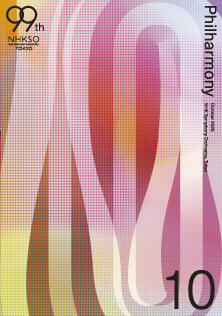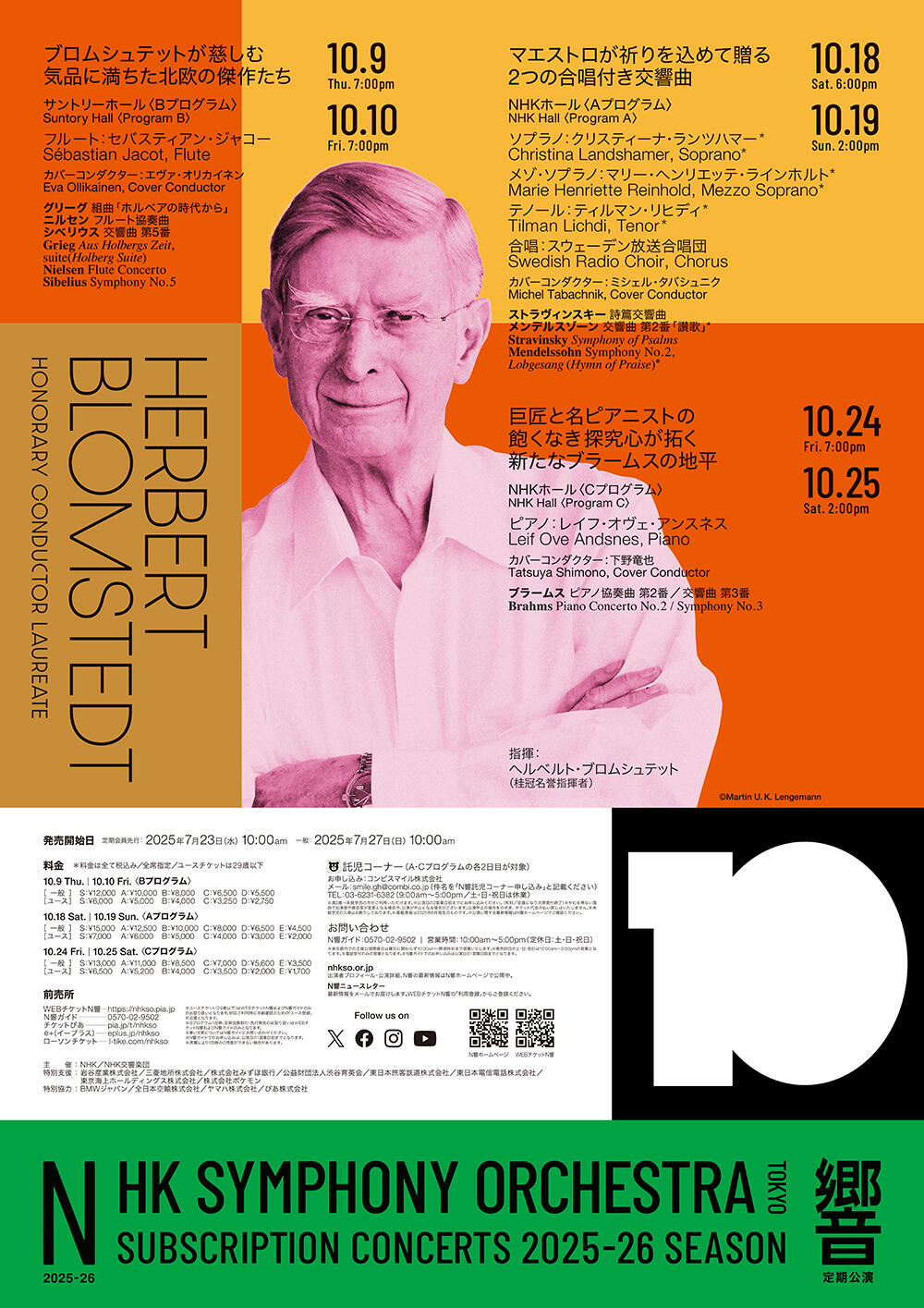- Home
- Concerts
- Subscription Concerts
- Program C
- No. 2047 Subscription (Program C)
No. 2047 Subscription (Program C)
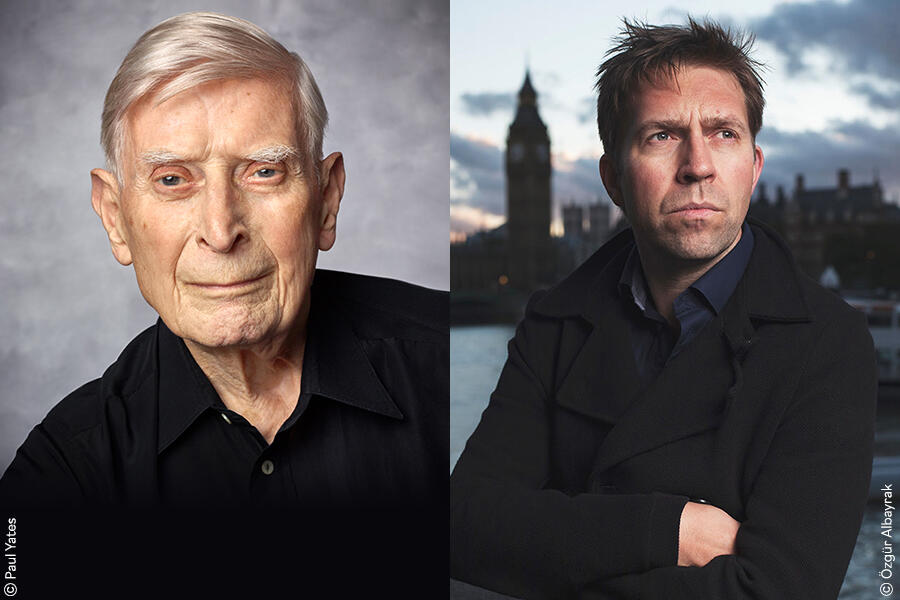
Program
Brahms / Piano Concerto No. 2 B-flat Major Op. 83
Born in Hamburg in northern Germany, Johannes Brahms (1833–1897) grew up in relatively humble circumstances. It was probably his father, a jobbing musician, who gave him his first music lessons. The young Johannes learnt to play the piano, cello, and horn, and later studied piano and composition with Eduard Marxsen. After leaving school, he earned his living as a pianist and conducting amateur choirs. His early breakthrough came in 1853 when he visited the Robert and Clara Schumann in Düsseldorf and played them his music. Recognizing his talent as a composer, Schumann hailed Brahms as the next great hope for German music in an essay and introduced him to a publisher. His next big success was the premiere of Ein deutsches Requiem (A German Requiem) in Bremen in 1868 which helped establish Brahms as a composer of major significance abroad. In 1872, he took up the director of concerts of the Gesellschaft der Musikfreunde and settled permanently in Vienna. From then on, he could concentrate more on composition, although he continued to tour as pianist and conductor.
Brahms composed his Piano Concerto No. 2 in B-flat major in 1881, more than twenty years after his first piano concerto in D minor which was coolly received at the premiere. By this time, he had two symphonies under his belt, and he was at the height of his creativity. The concerto is a monumental work with an added Scherzo to the normal three-movement form, which brings it “closer to the genre of symphony than any other major concerto of the 19th century,” according to one Brahms scholar. Yet the work has moments of chamber music-like intimacy, and the piano often merges into orchestral fabric rather than the piano and orchestra opposing each other. Brahms himself played the solo part at the premiere in Budapest on 9 November 1881, with Sándor Erkel conducting, and it became one of the works he performed most frequently. The work was dedicated to Marxsen, his first composition teacher.
The first movement opens with a beautiful horn call and the piano responds, leading to a cadenza-like solo. After the orchestra presents the two main themes, the piano joins in and together they weave the themes into a dramatic narrative. The D minor Scherzo, indicated Allegro appassionato, is formed of an urgent first theme and a lyrical second theme, with a new idea introduced in the D major trio section. The third movement is framed by the song of the solo cello; in between, the piano presents an intimate melody accompanied by clarinets and cellos. The Allegro grazioso finale has a bright, skipping figure for the piano as the principal rondo theme, with Hungarian-like music in between.
[Nahoko Gotoh]
Brahms / Symphony No. 3 F Major Op. 90
It is well known that Johannes Brahms (1833–1897)’s First Symphony (premiered in 1876) took over twenty years to complete, but thereafter he was able to produce his three subsequent symphonies with relative fluency and ease, composing them within a span of eight years.
Much of the work on the Third Symphony was done between May and October of 1883 in the idyllic spa town of Wiesbaden in Germany. It was customary for Brahms to spend the summer months in the resort towns of Germany, Austria, or Switzerland, to relax, go for walks, and concentrate on composing. The symphony was completed after his return to Vienna and premiered there by Hans Richter and the Vienna Philharmonic on 2 December 1883, which was a resounding success.
Clara Schumann wrote to him enthusiastically about the symphony: “What a harmonious mood pervades the whole! All the movements seem to be of one piece, one beat of the heart, each one a jewel! From start to finish one is wrapped about with the mysterious charm of woods and forests.”
It is the most compact of Brahms’s four symphonies, and one could say that the narrative is less straightforward and less dramatic compared to his two previous symphonies. Often the tonality fluctuates between the major and minor, and unusually, the work ends pianissimo—in fact, not only the finale but all the movements in this symphony end quietly.
The first movement, Allegro con brio, opens with a rising motif F–A flat–F in the woodwind, which already suggests a major/minor ambiguity. This motif appears throughout the symphony in various guises. The main theme, launched by the violins, is thought to be a quote from a motif in the first movement of Robert Schumann’s Rhenish Symphony. This is followed by a gentle second theme which is played by the clarinet, then by violas and oboe. All these themes are elaborated in the development section with typical Brahmsian ingenuity.
The pastoral second movement proceeds as a gentle dialogue between the winds and strings. The clarinets and bassoons lead both the chorale-like opening theme and the lyrical second theme.
The third movement is perhaps the best-known part of this symphony. The melancholic melody, introduced by the cellos, appears six times on various instruments, including solo horn and oboe. Clara Schumann memorably described the movement as “a pearl, but it is a grey one, dipped in tears of woe.”
The Allegro finale takes a trajectory from F minor to F major, but it ends not in triumph like his first symphony, but in a mood of retrospection. There is plenty of drama and struggle along the way, but the coda looks back nostalgically to the opening movement and brings the work to a quiet close.
[Nahoko Gotoh]
[Encore]
Chopin / 24 Preludes - No. 8 F-sharp Minor Op. 28-8
Piano : Leif Ove Andsnes
Artists
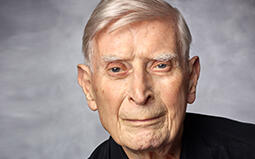 ConductorHerbert Blomstedt
ConductorHerbert Blomstedt
In more than seventy years of his career, Herbert Blomstedt has acquired the unrestricted respect of the musical world. His work as a conductor is inseparably linked to his religious and human ethos, and his interpretations combine great faithfulness to the score and analytical precision, with a soulfulness that awakens the music to pulsating life.
Born in the USA to Swedish parents and educated in Uppsala, New York, Darmstadt and Basel, Herbert Blomstedt gave his conducting debut in 1954 with the Royal Stockholm Philharmonic Orchestra and subsequently served as Chief Conductor of the Oslo Philharmonic, the Swedish and Danish Radio Orchestras, and the Staatskapelle Dresden. Later, he became Music Director of the San Francisco Symphony, Chief Conductor of the NDR Sinfonieorchester Hamburg (now NDR Elbphilharmonie Orchestra) and Music Director of the Gewandhausorchester Leipzig. His former orchestras in San Francisco, Leipzig, Copenhagen, Stockholm and Dresden all honored him with the title of Conductor Laureate. Since 2019, he is an Honorary Member of the Wiener Philharmoniker.
Herbert Blomstedt holds several Honorary Doctorates, is an elected member of the Royal Swedish Academy of Music and was awarded the German Great Cross of Merit with Star. Over the years, all leading orchestras around the globe have been fortunate to secure the services of the highly respected Swedish conductor. At the high age of 98, he continues to be at the helm of all leading international orchestras with enormous presence, verve and artistic drive.
Since performing together for the first time in 1981, Herbert Blomstedt has been conducting the NHK Symphony Orchestra almost every year for over 40 years; he was Honorary Conductor 1986–2016, and currently Honorary Laureate. His previous appearance was in October 2024.
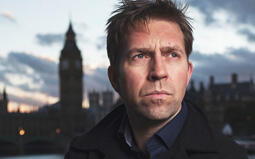 PianoLeif Ove Andsnes
PianoLeif Ove Andsnes
With his commanding technique and searching interpretations, the celebrated Norwegian pianist Leif Ove Andsnes has won acclaim worldwide, playing concertos and recitals in the world’s leading concert halls and orchestras. An avid chamber musician, he is the founding director of the Rosendal Chamber Music Festival, co-artistic director of the Risør Chamber Music Festival for nearly two decades and served as music director of California’s Ojai Music Festival in 2012. He has released more than 50 CDs, for which he has received the Gramophone Award seven times.
Highlights of recent seasons have included performances of Beethoven’s “Emperor” Concerto with the New York Philharmonic, London Symphony Orchestra, National Symphony Orchestra in Washington, Leipzig Gewandhausorchester, Orchestra dell’Accademia Nazionale di Santa Cecilia, and on tour with the Oslo Philharmonic, and Rachmaninov’s Piano Concerto No. 3 with ensembles including the Philadelphia Orchestra, Pittsburgh Symphony Orchestra, Orchestre de Paris, and with the Berlin Philharmonic at Baden-Baden’s Easter Festival. Recitals featuring Chopin’s 24 Preludes with piano sonatas by Norwegians Edvard Grieg and Geirr Tveitt have also taken him across Europe and the U. S.
Leif Ove Andsnes collaborates regularly with the NHK Symphony Orchestra, most recently in October 2023, and he has three times been voted “Most Memorable Soloist” by the audience.
 Cover ConductorTatsuya Shimono
Cover ConductorTatsuya Shimono
Download
Ticket
Single Tickets Release Date
Pre-sales for Subscribers:Wednesday, July 23, 2025 10:00am
*about subscribers
Sale to General Public:Sunday, July 27, 2025 10:00am
Price
| S | A | B | C | D | E | |
|---|---|---|---|---|---|---|
| Ordinary Ticket | 13,000 | 11,000 | 8,500 | 7,000 | 5,600 | 3,500 |
| Youth Ticket | 6,500 | 5,200 | 4,000 | 3,500 | 2,000 | 1,700 |
*tax included
*Subscribers receive a 10% discount (Available at NHKSO WEB Ticket and N-Kyo Guide)
*For wheelchair-accessible seats, please refer to the N-Kyo Guide
*Please note that single tickets may not be available depending on ticket price range
Youth Tickets
Youth Tickets are great options for those of 29 years old and younger
Subscription tickets
Release Date
ANNUAL SUBSCRIPTION TICKETS/
SEASONAL SUBSCRIPTION TICKETS (AUTUMN)
Sun., July 13, 2025 10:00am
[For Subscribers: Sun., July 6, 2025 10:00am]
Where to buy
NHKSO WEB Ticket | Fri., October 24 (In English / Seats not selectable on the English site)
NHKSO WEB Ticket | Sat., October 25 (In English / Seats not selectable on the English site)
NHKSO WEB Ticket (In Japanese / Seats selectable)
N-Kyo Guide (Purchase by telephone only)
Other Ticket Agents
Broadcast
 NHK Educational TVClassical Concert Hall
NHK Educational TVClassical Concert Hall
No. 2047 Subscription (Program C)
Sunday, Nov 23, 2025 9:00PM - 11:00PM
Program:Brahms / Piano Concerto No. 2 B-flat Major Op. 83
Brahms / Symphony No. 3 F Major Op. 90)*Click here for more details about the concert
Conductor:Herbert Blomstedt
Piano:Leif Ove Andsnes
Recorded:October 24, 2025 NHK Hall
To watch a concert,
(accessible only from inside Japan)
Organized by: NHK (Japan Broadcasting Corporation) / NHK Symphony Orchestra, Tokyo
*Repertoire, conductor, soloists and program order are subject to change without notice.
*Pre-school children are not allowed in the concert hall.

